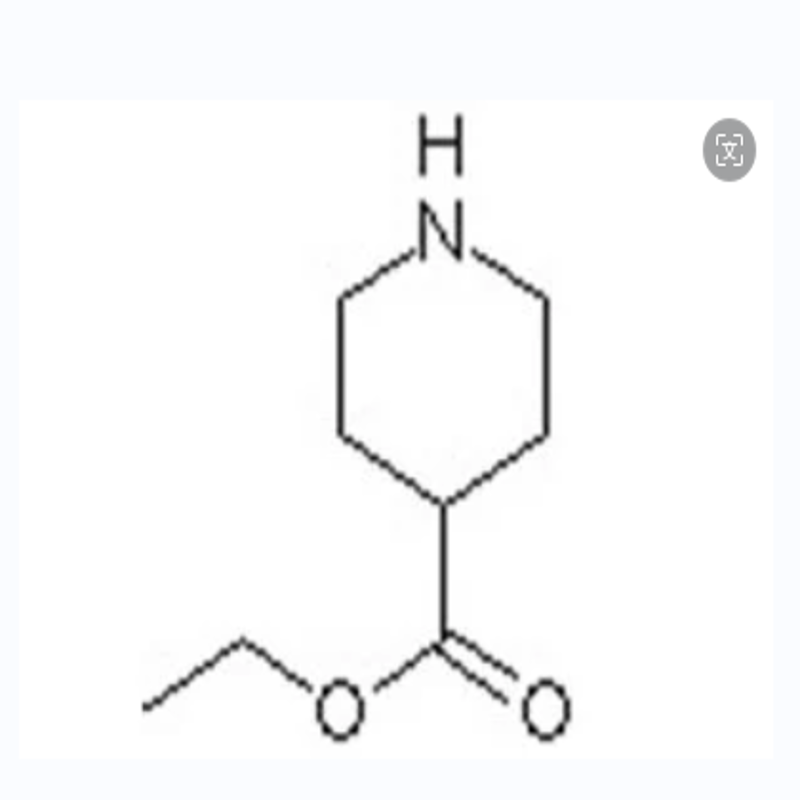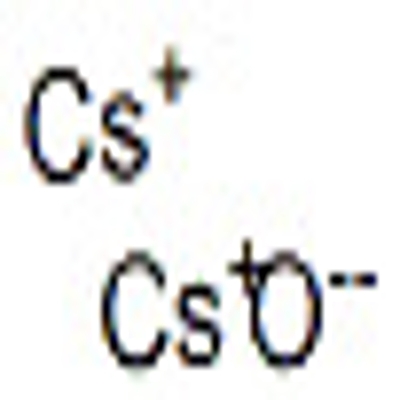-
Categories
-
Pharmaceutical Intermediates
-
Active Pharmaceutical Ingredients
-
Food Additives
- Industrial Coatings
- Agrochemicals
- Dyes and Pigments
- Surfactant
- Flavors and Fragrances
- Chemical Reagents
- Catalyst and Auxiliary
- Natural Products
- Inorganic Chemistry
-
Organic Chemistry
-
Biochemical Engineering
- Analytical Chemistry
- Cosmetic Ingredient
-
Pharmaceutical Intermediates
Promotion
ECHEMI Mall
Wholesale
Weekly Price
Exhibition
News
-
Trade Service
Following the approval of the "T-A" target-free joint first-line treatment of liver cancer, targeted joint immunotherapy has become a major trend in the field of liver cancer, whether domestic PD-(L)1 or imported PD-(L)1, have joined the research ranks of the joint immunotherapy program.
today, let's look at what are the joint target-free options for making breakthroughs in the field of liver cancer? The "T-A" program, the "T-A" program, has officially entered the era of immunotherapy for first-line treatment of liver cancer.
IMbrave150 is a global, multi-center, open Phase III clinical study that recruited 501 patients with non-removable hepatocellular carcinoma who did not receive systematic treatment to receive immunogenic combined antivascular therapy or sorafine at a 2:1 random rate.
end points of the study were OS and PFS, and the secondary endpoints included objective mitigation rate (ORR) to disease progression time (TTP).
results showed that the risk-of-death ratio (HR) of the atili-pearl monoantigen and Sorrafini groups was 0.58 (95% CI 0.42-0.79, P.lt;0.001); OS was 67.2% and 54.6%, respectively, and the mid-PFS was 6.8 months and 4.3 months (HR 0.59, 95% CI 0.47-0.76, P.lt;0.001), respectively.
the RECIST 1.1 standard, the ORR of the Atili-Zhu single-anti-combined beval-pearl mono-resistance group and the Solafini group were 27.3% and 11.9%, respectively. 0.001); According to the liver cancer-specific mRECIST 1.1 standard, the two groups orR were 33.2% and 13.3%, respectively.
in terms of safety, the rate of adverse events occurred in the Atiliju mono-anti-combined beval bead mono-anti-group and the Solafini group were 98.2% and 98.7%, respectively, and the rate of non-performing events in the 3/4 level was 56.7%, respectively. 5% and 55.1%, 5.6% and 5.8% respectively, and 49.5% and 60.9% of patients in both groups needed to adjust their dosage or stop the drug due to adverse drug reactions.
the first successful Phase III clinical trial, the T-A program is changing dramatically with the treatment of liver cancer, which has been drug-free for a decade.
"cola" combination in the 2020 CSCO primary liver cancer diagnosis and treatment guidelines, "cola" combination (lenvatini and Paboli pearl monoanti) as a first-line treatment of advanced liver cancer III.level experts recommended (class 2B evidence).
a study called Keynote-524 to assess the efficacy of lenvatinib and pabolijudone in patients with hepatocellular carcinoma.
the study consists of two phases: the dose-limiting toxicity (DLT) phase and the expansion phase.
patients received 12 mg (body weight ≥60 kg) or 8 mg (weight <60 kg) per day, and Paboli pearl single anti-200 mg intravenous injection every 3 weeks.
the main endpoints of the study were the Objective Response Rate (ORR) and Continuous Response Time (DOR) assessed by the Independent Review Commission (IIR) on the basis of mRECIST and RECIST v1.1, and the secondary endpoints were ORR and DOR assessed by the researchers on the basis of mcRECIST, as well as PFS, TTP, TTR and OS.
validity (mRECIST IIR vs RECIST v 1.1 per IIR) ORR: 46.0% vs 36.0%, CR 11% vs 1% ;D CR: 88%; mDOR: 8.6 vs 12. 6 months; mTTR: 1.9 vs 2.8 months; mPFS: 9.3 vs 8.6 months; 6 months PFS rate 59.9% vs 64%, 1 year PFS rate 26.4% vs 27.4%.
mOS: 22 months, 6 months survival rate of 81%, one-year survival rate of 67.5%.
67% of patients with ≥ adverse reactions associated with level 3 therapy.
high blood pressure (17%).
white blood cell reduction/neutral granulocyte reduction is the only level 4 treatment associated with AE.
Renvatini and Navuliyu single anti-Study117 study is an open phase I.b study, a total of 30 patients in the group received the combined O treatment of lenphatinib (part 1:6 in the first part, part 2:24 in the second part), of which BCLC-B 17 cases, BCLC-C 13 cases.
in the general population, the patient's medium age was 70 years (range: 36-81 years) and 24 cases (80%) for men.
28 patients with ECOG performance status of ECOG 0 and 1 patient with ECOG of 2.
patients in the group received 12 mg (weight ≥60 kg) or 8 mg (weight -lt;60 kg) or oral, 1 time per day;
results show that as of May 17, 2019, the overall total mitigation rate assessed by the researchers was 10%, the partial mitigation rate was 66.7%, the objective mitigation rate was 76.7%, and the disease control rate was 96.7%.
if only Part 2 of Part II were studied, the full mitigation rates assessed by the researchers and the Independent Assessment Commission were 12.5 per cent and 8.3 per cent, respectively, according to the mRECIST criteria, or 79.2 per cent and 66.7 per cent, respectively, and the DCR was 95.8 per cent and 91.7 per cent, respectively.
also belongs to PD-1, and the initial results of the first-line treatment of advanced liver cancer in Navuliyu monoantitor lunvatinib did not lose Pabliju single resistance.
The efficacy of the domestic immunization joint program is gratifying, and the study of RESEE for Chinese patients is led by Professor Xu Jianming, Director of Digestive Oncology Department of the Fifth Medical Center of PLA General Hospital, and is an open-label, multi-center, non-random Phase II clinical study to explore the efficacy of Karelli-Pearl single anti-combined apatini in hepatocellular cancer.
study included 70 patients with hepatocellular carcinoma receiving first-line treatment with kariliju single anti-combined apatinib, and 120 patients receiving carelli-pearl monoantigenated apatinib second-line treatment, of which about 85% had hepatitis B.
end of the study is ORR, and the secondary endpoints include DOR, PFS, OS, etc.
results showed that in 70 patients receiving first-line treatment, ORR was 34.4% (24/70, 95% CI 23.3-46.6), PFS 5.7 months (95% CI 5.4-7.4) and 74.7% one-year survival rate (95% CI 62.5-83.5).
120 patients receiving second-line treatment, ORR was 22.5% (27/120, 95% CI 15.4-31.0), PFS 5.5 months (95% CI 3.7-5.6) and 68.2% one-year survival rate (95% CI 59.0-75.7).
, 77.4% of patients had treatment-related adverse reactions (TRAEs) above level 3 during treatment, with high blood pressure being the most common TRAEs.
about 28.9% of patients had severe adverse reactions, and 2 patients had deaths related to treatment.
with the development of immunotherapy combined treatment options, I believe that patients will have more and more treatment options.
research and development, the pace of non-stop, can let China's huge group of liver cancer patients benefit, is the hard truth.
source: 1. Finn R S, Qin S, Ikeda M, et al. Atezolizumab plus Bevacizumab in Unresectable Hepatocellular Carcinoma [J]. New England Journal of Medicine, 2020, 382(20): 1894-1905.2.Xu J, Shen J, Gu S, et al. Camrelizumab in combination with apatinib in patients with advanced hepatocellular carcinoma (RESCUE): a non-randomized, open-label, phase 2 trial. Clin Cancer Res. 2571.2020.3.Finn RS, Qin S, Ikeda M, et al. Atezolizumab plus Bevacizumab in Unresectable Hepatocellular Carcinoma. The New England journal of medicine 2020; 382(20):1894-905 doi 10.1056/NEJMoa1915745.4.Finn RS, Ikeda M, Zhu AX, et al. Phase Ib Study of Lenvatinib Plus Pembrolizumab in Patients With Unresectable Hepatocellular Carcinoma. Journal of clinical oncology : official journal of the American Society of Clinical Oncology 2020:JCO2000808 doi 10.1200/JCO.20.00808.







